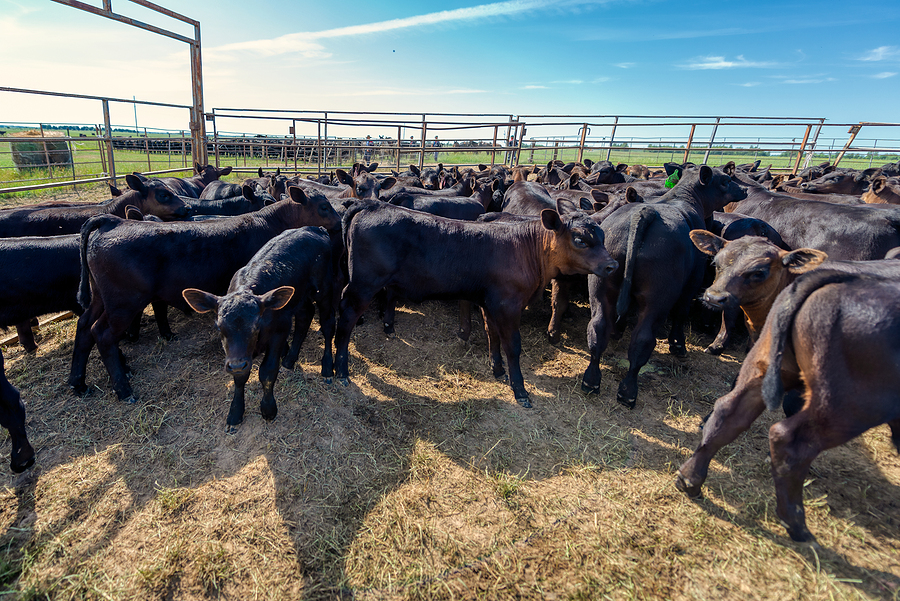
Cattle yards are an essential part of the livestock industry. They are used for various purposes, from handling and sorting cattle to providing a safe and comfortable environment for the animals. In this article, we will discuss eight things you need to know about cattle yards.
Purpose of Cattle Yards
Cattle yards are used for a variety of reasons, but their main purpose is to provide a controlled environment for handling and managing cattle. This includes sorting, loading, unloading, and restraining the animals. Cattle yards are also used to provide shelter, food, and water for the animals.
Design and Layout
The design and layout of stockyards can vary depending on the specific needs of the operation. They can range from simple, small-scale yards to large, complex facilities that can hold hundreds or even thousands of head of cattle. The layout of the yards should take into consideration the flow of the cattle, with a focus on minimizing stress and discomfort for the animals.
Materials and Construction
Cattle yards are typically made from steel or timber, and can be either permanent or portable. The materials used should be sturdy and durable to withstand the weight and force of the cattle. The construction should also be done with the safety of both the animals and the workers in mind.
Capacity and Efficiency
The capacity and efficiency of stockyards are important factors to consider. The capacity of the yards should be based on the number of cattle that will be handled, while the efficiency should focus on minimizing the time and effort required to manage the animals. This includes having adequate space for loading and unloading, as well as a well-designed layout for the cattle to move through.
Safety Measures
Safety is of utmost importance when it comes to working with cattle. Stockyards should be designed with safety in mind, with features such as high fencing and secure gates. Workers should also be trained on proper handling techniques to minimize the risk of injury or accidents.
Maintenance and Cleaning
Regular maintenance and cleaning of stockyards is essential to keep them in good condition and ensure the health and safety of the animals. This includes regularly checking and repairing any damaged areas, cleaning the yards to prevent the buildup of manure and other waste, and providing adequate food and water for the cattle.
Environmental Considerations
Cattle yards can have a significant impact on the environment, particularly if they are not managed properly. It is important to consider environmental factors such as water use, runoff, and waste management when designing and operating stockyards. This includes implementing best practices for water conservation, waste management, and soil conservation.
Economic Considerations
In addition to the environmental and safety considerations, economic factors also play a role in designing and operating cattle yards. One of the main economic considerations is the cost of construction and maintenance. Depending on the size and complexity of the yards, the costs can vary significantly.
Another economic factor to consider is the impact of cattle yards on the overall profitability of the operation. Properly designed and operated stockyards can improve the efficiency of the operation, reducing labor costs and increasing the throughput of cattle. This can lead to improved profitability and long-term sustainability.
The Bottom Line
In summary, while cattle yards are primarily designed for the safe handling and management of cattle, it is also important to consider the economic considerations. Properly designed and operated stockyards can improve the efficiency and profitability of the operation. It is important to consider the cost of construction and maintenance, the impact on overall profitability, and the potential revenue generated from selling well-managed cattle.
By considering these economic factors in addition to the environmental and safety considerations, it is possible to create a well-designed and operated stockyard that is both sustainable and profitable in the long-term.
